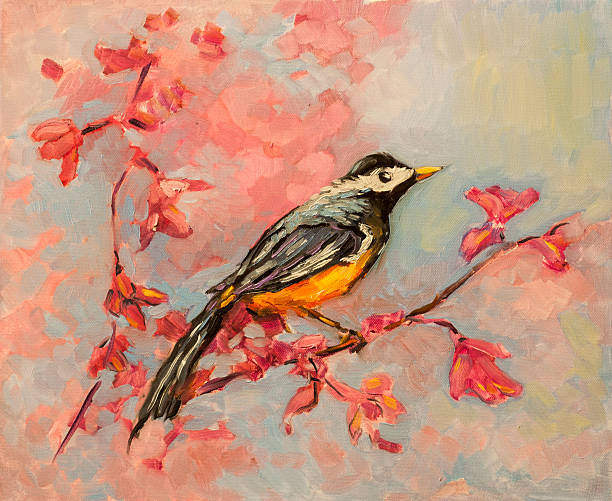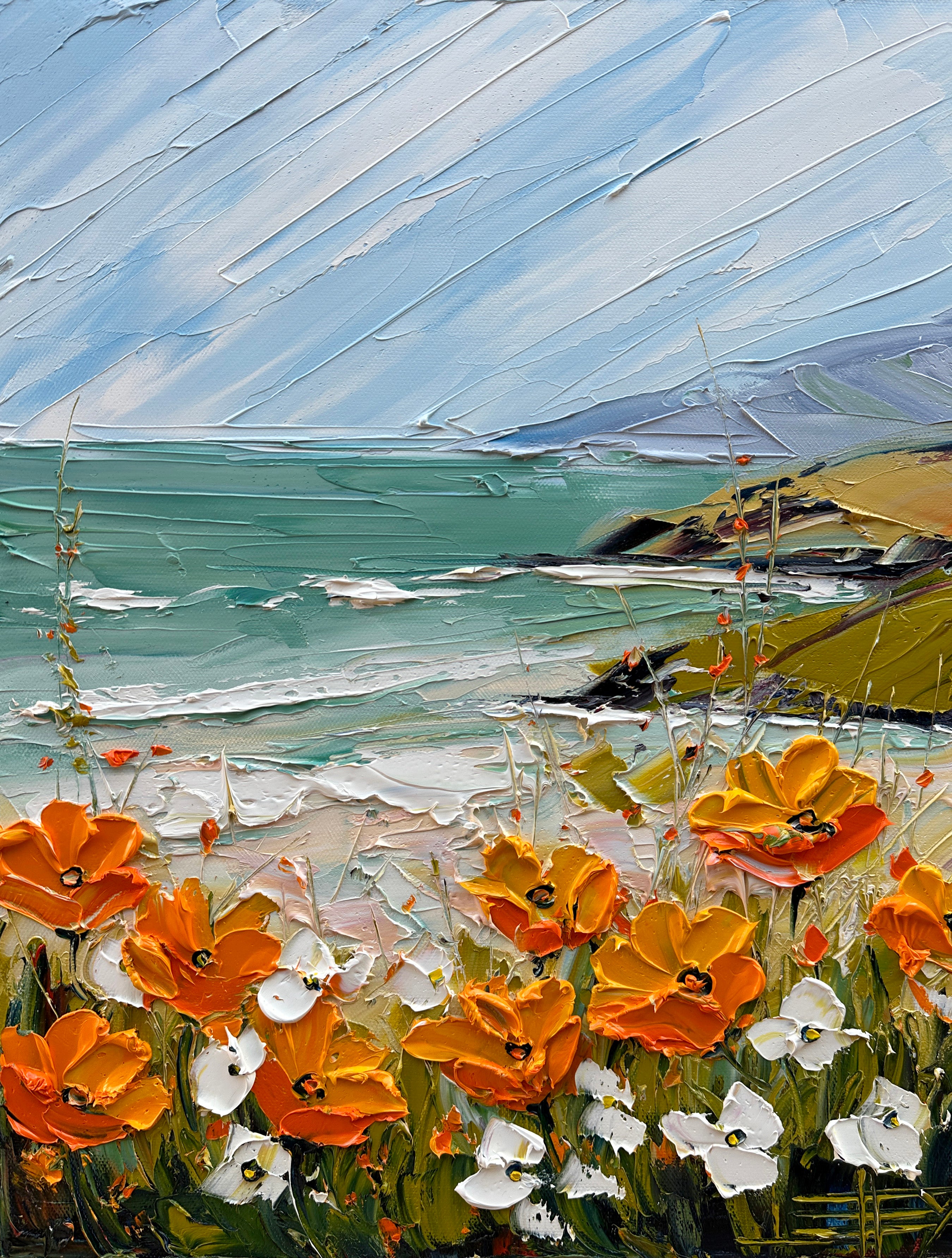Checking out Everything About Oil Paintings: A Guide to Comprehending Their Beauty and Value
Oil paintings have actually captivated target markets for centuries, offering a peek right into the creative mastery of various periods. Their rich background is linked with innovative techniques and profound psychological expression. Comprehending the materials and methods behind these art work can boost admiration. In addition, the marketplace for oil paints provides opportunities for enthusiasts and capitalists alike. As one discovers this remarkable world, the inquiry occurs: what makes an oil paint truly valuable?
The Background of Oil Painting: A Trip With Time
Although oil painting has origins that date back to old times, it really flourished during the Renaissance, when musicians found its flexibility and abundant color capacity. Early instances can be traced to the 7th century, with methods advancing notably across societies. The medium ended up being noticeable in Northern Europe in the 15th century, especially with the works of musicians like Jan van Eyck, that pioneered its use for in-depth realistic look and vibrant hues. This duration noted a separation from tempera paints, enabling better depth and structure. As oil paint spread, it influenced numerous musicians, resulting in work of arts by renowned numbers such as Leonardo da Vinci and Rembrandt. The tool's legacy continues, forming the art globe well right into modern times.
Comprehending Oil Repaints: Products and Techniques
As artists discover the world of oil paints, they encounter a diverse selection of materials and methods that define this tool. The main elements of oil paint consist of pigments, which give shade, and drying out oils, such as linseed, that bind the pigments and facilitate application. Various additives can customize the paint's appearance and drying out time, boosting convenience. Methods like glazing, where transparent layers are developed, and impasto, which includes applying thick paint, enable different visual impacts. Furthermore, the usage of brushes, palette blades, and also fingers can produce special appearances and coatings. Recognizing these strategies and materials makes it possible for musicians to totally share their creative thinking and attain the wanted influence in their art work.
The Function of Shade in Oil Paintings
Shade plays a crucial duty in oil paintings, affecting both aesthetic appeal and emotional vibration. Comprehending color concept basics, consisting of the connections between shades, can enhance a musician's capacity to communicate mood and ambience. Furthermore, mastering shade mixing techniques permits higher depth and richness in a painting's combination.

Shade Theory Fundamentals
Comprehending shade concept is crucial for musicians collaborating with oil paints, as it creates the foundation for developing visually interesting and unified compositions. Shade theory encompasses the research of exactly how colors connect, the color wheel, and the partnerships in between primary, additional, and tertiary shades. Artists make use of complementary shades to improve contrasts and create focal points, while similar shades promote unity and cohesiveness within a piece. Additionally, the ideas of warm and awesome shades influence the assumption of depth and room in a paint. Comprehending these principles enables artists to control shade successfully, guiding the customer's eye and communicating their designated message. Proficiency of color concept eventually improves a musician's ability to communicate feelings and ideas with their job.
Emotional Effect of Shade
The emotional effect of shade in oil paintings plays a critical role in exactly how visitors attach and perceive with art work. Shades stimulate particular feelings and state of minds, affecting the audience's emotional state. For example, cozy hues like oranges and reds can develop a feeling of warmth and power, while trendy tones such as blues and eco-friendlies commonly stimulate peace or introspection. Artists purposefully choose color combinations to boost narrative elements, leading the audience's emotional journey. The saturation and comparison of shades further magnify these results, attracting attention and creating emphasis. Eventually, the interaction of shades in oil paints not just enhances their aesthetic charm yet additionally acts as an effective tool for psychological expression, enhancing the audience's experience and interpretation.
Color Combining Techniques
While several aspects of oil painting add to the overall structure, understanding shade mixing methods is vital for achieving wanted results and deepness. Color mixing can be come close to via different methods, including the additive and subtractive procedures. Additive mixing involves integrating colors of light, while subtractive mixing counts on pigments, where colors blend to develop new shades. Musicians commonly utilize a minimal scheme to produce harmonious jobs, comprehending the relationships in between main, secondary, and tertiary shades. Methods such as glazing and scumbling further boost depth and luminosity. By masterfully blending colors, a musician can evoke feelings, produce prime focus, and accomplish a feeling of realism, inevitably raising the painting's visual and psychological impact.
Famous Oil Painters and Their Iconic Functions

Famous for their proficiency of shade and technique, oil painters have produced a few of one of the most celebrated art work in history. Renowned artists like Vincent van Gogh mesmerized audiences with his emotive brushwork in "Starry Night," while Claude Monet's "Perception, Daybreak" prepared for Impressionism. Leonardo da Vinci's "Mona Lisa" continues to be a long-lasting icon of artistic brilliant, showcasing his skill in catching human expression. Rembrandt's "The Night Watch" shows his innovative use of light and shadow. Other noteworthy figures include Pablo Picasso, who revolutionized modern art with his bold experimentation in jobs like "Les Demoiselles d'Avignon," and Georgia O'Keeffe, whose vibrant representations of landscapes and flowers aided specify American innovation. Each musician's unique style contributed considerably to the oil paint landscape.
Just how to Review the Top Quality of an Oil Paint
Evaluating the high quality of an oil painting includes a cautious evaluation of workmanship methods, in addition to an analysis of color and structure. Observing brushwork, layering, and the application of paint can expose the musician's ability level. Additionally, the interaction of shades and the overall plan of components add substantially to the paint's visual value.
Assessing Craftsmanship Strategies
A meticulous analysis of workmanship methods is necessary for establishing the high quality of an oil painting. Evaluators must initially analyze the application of paint; thick, textured brushstrokes might suggest a skilled hand, while extremely uniform applications can indicate an absence of depth. oil paintings for sale. The layering technique is likewise important; the presence of lusters and varied thickness can boost brightness and complexity. In addition, the high quality of the materials made use of, such as the canvas and pigments, plays a substantial function in toughness and overall aesthetic. Attention to get more info information in elements like sides and changes between colors mirrors the artist's commitment to their craft. Inevitably, these techniques add to the painting's psychological impact and market price, working as indications of the artist's skill and intent
Assessing Color and Structure
While reviewing the quality of an oil painting, one have to concentrate on the interplay of color and structure, as these elements are basic to the artwork's general impact. Color selections can stimulate emotions and establish state of mind; for that reason, the artist's combination must be analyzed for harmony and contrast. A healthy structure routes the viewer's eye and produces a sense of unity. Artists usually employ techniques like the rule of thirds or leading lines to enhance visual interest. Furthermore, the use of light and shadow can add deepness, enhancing the three-dimensionality of the painting. Eventually, an effective oil painting marries color and make-up, engaging the audience and inviting a deeper gratitude of the musician's vision and strategy.
Taking care of and Preserving Oil Paintings
Correct treatment and preservation of oil paintings is vital for preserving their integrity and longevity. To protect these art work, it is essential to present them away from direct sunlight, which can trigger fading and staining. Keeping a secure setting with regulated temperature level and humidity further aids in stopping damages. Cleaning up need to be done gently using a soft, dry cloth, avoiding any harsh chemicals that could harm the paint or varnish. Normal evaluations for indications of degeneration, such as fracturing or flaking, are suggested. When saving or moving oil paints, correct extra padding and framing are necessary to prevent physical harm. Inevitably, persistent care adds to the aesthetic appeal and value of oil paintings gradually.
The Marketplace for Oil Paintings: Spending and accumulating
Recognizing the market characteristics for oil paintings is important for enthusiasts and investors alike. The value of these art work is influenced by different variables, including the musician's track record, historical value, and present trends. Enthusiasts commonly seek items that resonate directly while thinking about potential appreciation in value. Public auctions and galleries act as main venues for purchasing and selling, with rates varying based upon demand and rarity. Spending in oil paintings calls for research study into the market, in addition to an understanding of credibility and provenance. In addition, arising musicians might offer chances for considerable returns, while developed names can regulate high rates. On the whole, a critical technique to accumulating can generate both visual pleasure and monetary benefits.

Often Asked Inquiries
What Are the Environmental Effects of Oil Paint Products?
The environmental effects of oil painting products consist of the launch of volatile organic compounds (VOCs), harmful waste generation, and resource extraction for pigments. These aspects add to pollution and ecological degradation, increasing worries amongst eco conscious artists and consumers.
How Do Different Canvases Impact Oil Painting Results?
Different canvases influence oil painting results significantly. Absorbency, surface, and structure top quality can alter paint application, drying times, and shade vibrancy. Artists commonly choose particular canvases to attain preferred effects and enhance their artistic expression.
Can Oil Paintings Be Restored if Damaged?
If damaged, Oil paintings can indeed be recovered. Specialist conservators use different techniques to fix rips, tidy surfaces, and address discoloration, making sure that the art work retains its original charm and worth for future generations.
What Are the Indicators of an Initial Oil Paint?
The indicators of an original oil painting include visible brush strokes, structure variants, and an irregular canvas weave (oil paintings for sale). Additionally, authenticity may be verified via provenance, trademarks, and the presence of a varnish layer unique to oil mediums
Exactly How Has Innovation Influenced Modern Oil Paint Techniques?
Modern technology has actually greatly influenced modern oil painting techniques by presenting digital devices for planning, enhanced materials for texture and longevity, and on-line systems for sharing and selling art, thus increasing artists' imaginative possibilities and target market reach. Oil painting has roots that date back to ancient times, it truly prospered throughout the Renaissance, when artists discovered its convenience and abundant shade capacity. The psychological effect of shade in oil paints plays a crucial function in just how audiences link and regard with artwork. While numerous facets of oil paint contribute to the general composition, grasping shade mixing strategies is vital for attaining desired impacts and deepness. Assessing the high quality of an oil paint involves a cautious analysis of workmanship techniques, as well as an analysis of shade and make-up. While evaluating the quality of an oil paint, one need to focus on the interaction of color and make-up, as these aspects are fundamental to the art work's general impact.